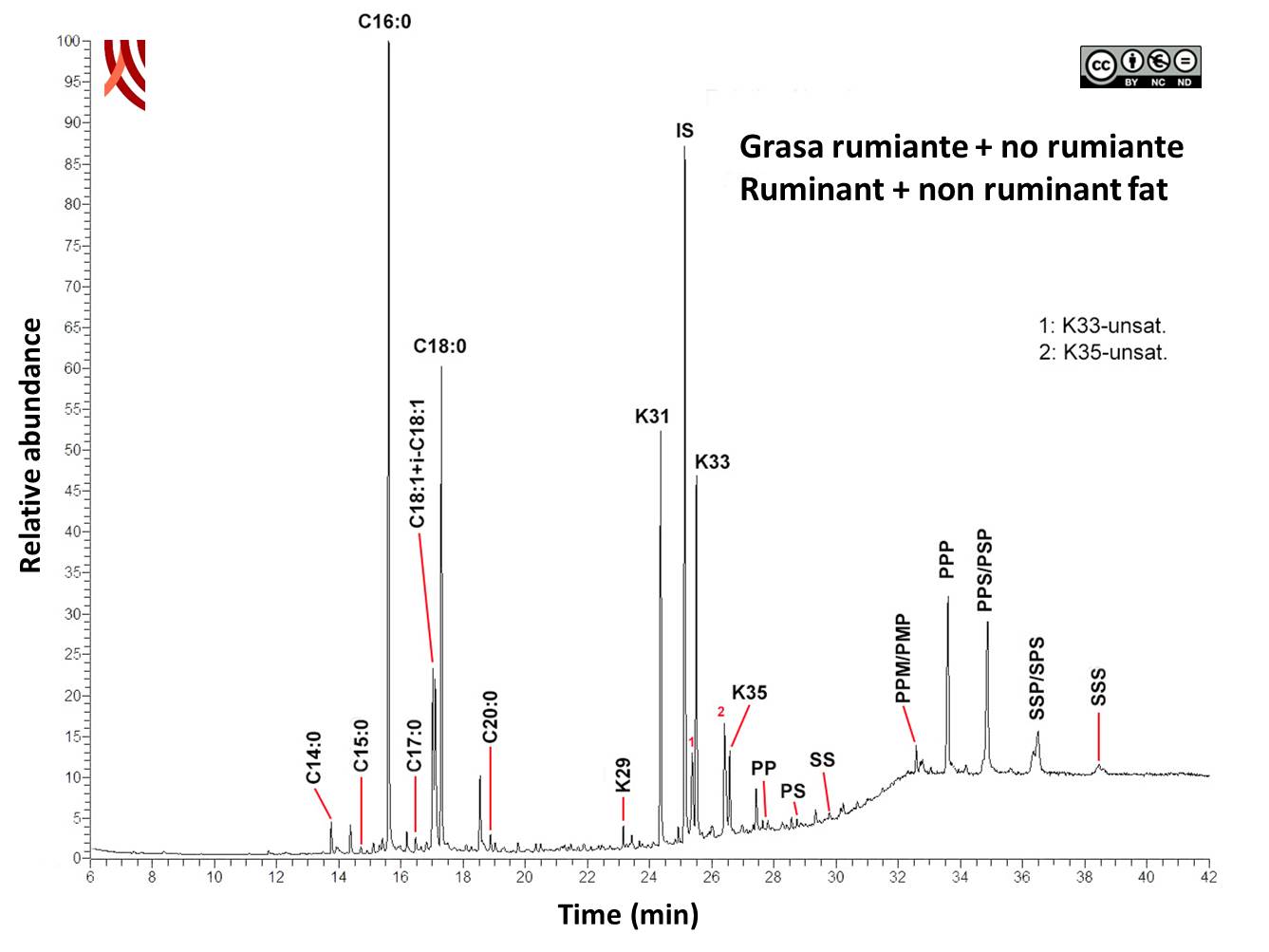Ceramic vessel 177-1. Sanctuary of Piedra del Águila (Orcera, Jaén, Spain)
Dimensions
: 15 Centimeters
: 12 Centimeters
Materials
pottery
Temporal
: Iberians, Iberian
: 3rd ct. BC
Spatial
: Piedra del Águila
: Orcera, Jaén, Spain
: WGS84
Copyrights
Creative Commons - Attribution, Non-Commercial, No Derivatives (BY-NC-ND)
Digital Resources
-
 Instituto Universitario de Investigación en Arqueología Ibérica
Instituto Universitario de Investigación en Arqueología Ibérica Creative Commons - Attribution, Non-Commercial, No Derivatives (BY-NC-ND)
Arquiberlab
http://creativecommons.org/licenses/by-nc-nd/3.0/ -
 Instituto Universitario de Investigación en Arqueología Ibérica
Instituto Universitario de Investigación en Arqueología Ibérica Creative Commons - Attribution, Non-Commercial, No Derivatives (BY-NC-ND)
Arquiberlab
http://creativecommons.org/licenses/by-nc-nd/3.0/ -
 Instituto Universitario de Investigación en Arqueología Ibérica
Instituto Universitario de Investigación en Arqueología Ibérica Creative Commons - Attribution, Non-Commercial, No Derivatives (BY-NC-ND)
Arquiberlab
http://creativecommons.org/licenses/by-nc-nd/3.0/
Activities
Archaeometric analysis Chromatographic analysis and structural determination Ceramic. Content analysis
| |
Gass Chromatography-Mass Spectrometry Pottery. Lipids analysis Destructive method for the identification of the total lipid profile: fatty acids, sterols, wax esters, fatty alcohols, triacylglycerols, etc. Any remains of soil were removed with an electric hand-drill. The sample was then grinded to the appropriate size in an agatha mortar (0.25 mm). Extraction with a the mixture chloroform/methanol (CHCl3:MeOH) (2:1 v/v) assisted by ultrasound. Derivatization of lipids to trimethylsilyl derivatives (TMS). The reaction tales place at 70 ºC for 30 min using N,O-bis-(trimethylsilyl) trifluoroacetamide (BSTFA) with 1 % trimethylchlorosilane (TMCS). The sample is solved in cyclohexane and then injected in GC-MS. Chromatographic separation is performed applying an adequate temperature programme. Gas chromatography-Mass Spectrometry (GC-MS) The analyses were performed using a using a gas chromatography equipment (model Thermo TraceGC Ultra) coupled to a Thermo DC Q II mass spectrometer. Autosampler Thermo Triplus (CICT, University of Jaén). The samples were introduced by on-column injection into a 15 m x 0.25 mm I.D. fused silica capillary column, coated with poly(dimethylsiloxane) stationary phase with 0.1 μm film thickness. Helium was used as the carrier gas (purity 99.99%) |






